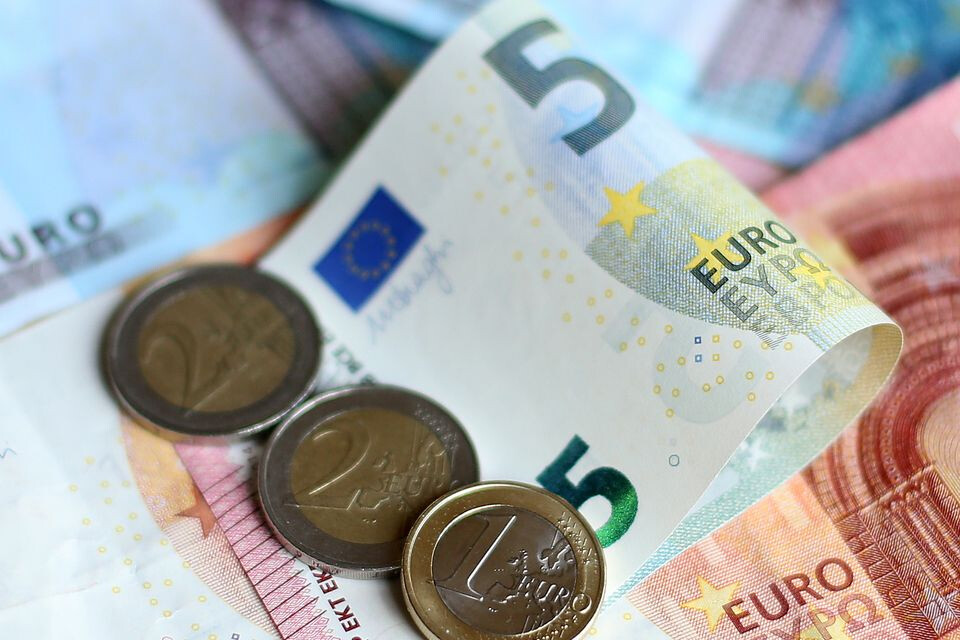
Eurozone inflation remained stable at 2% in July, a development that is seen as easing the European Central Bank's (ECB) monetary policy burden. However, a sharp decline in the value of the euro, driven by trade tensions with the US and robust American economic data, is becoming a significant concern for the ECB.
According to a flash estimate released by Eurostat, the EU's statistical office, on August 1st, the Eurozone's annual inflation rate in July was 2.0%, the same as in June. While this figure slightly exceeded market expectations of 1.9%, it aligns with the ECB's medium-term inflation target of 2%. This stability offers the ECB some room to maneuver its monetary policy, following years of persistent inflationary pressure.
A closer look at the inflation components shows that the highest price increases were in food, alcohol, and tobacco at 3.3%, while services inflation stood at 3.1%. Energy prices continued to contribute to price stability, remaining in negative territory at -2.5%. Core inflation, which excludes energy and food prices, held steady at 2.3%, similar to the previous month.
The stable inflation data is dampening expectations for further interest rate cuts by the ECB. The ECB kept its key interest rates unchanged at its July monetary policy meeting, and the market now sees a low probability of an additional rate cut at the September meeting. This view is supported by the analysis that with inflation stable at or slightly above the target, the ECB is unlikely to rush into premature rate cuts. The ECB had, in fact, implemented a monetary easing policy by cutting rates eight times up to June this year. The current deposit facility rate is 2%, the main refinancing operations rate is 2.15%, and the marginal lending facility rate is 2.4%.
Nevertheless, a major concern for the Eurozone economy remains the sharp drop in the value of the euro. As of July 31st, the exchange rate was 1.168078 US dollars per euro, which fell to 1.157685 dollars by August 3rd. The euro recorded its worst weekly performance since 2022. This euro weakness is attributed to strong US economic indicators and heightened US-Europe trade tensions following President Donald Trump's potential return to power.
The Trump administration has threatened to raise tariffs on imports from the European Union to 30%, which has intensified trade conflicts between the EU and the US. These potential trade barriers raise concerns that they could weaken the Eurozone's export competitiveness and slow economic growth. In its 2025 monetary policy strategy review report, the ECB warned that structural changes, such as geopolitical tensions, economic fragmentation, and the development of artificial intelligence (AI) technology, could make the inflationary environment more uncertain and volatile.
In conclusion, the Eurozone is facing a mixed situation: positive news of stable inflation and the challenges of a declining euro and trade tensions. While inflation stability provides the ECB with breathing room for its monetary policy, external economic uncertainties cast a shadow over the Eurozone's long-term growth prospects. It is a critical time for the ECB and EU policymakers to undertake multifaceted efforts to maintain the euro's stability and de-escalate trade tensions.
[Copyright (c) Global Economic Times. All Rights Reserved.]






























